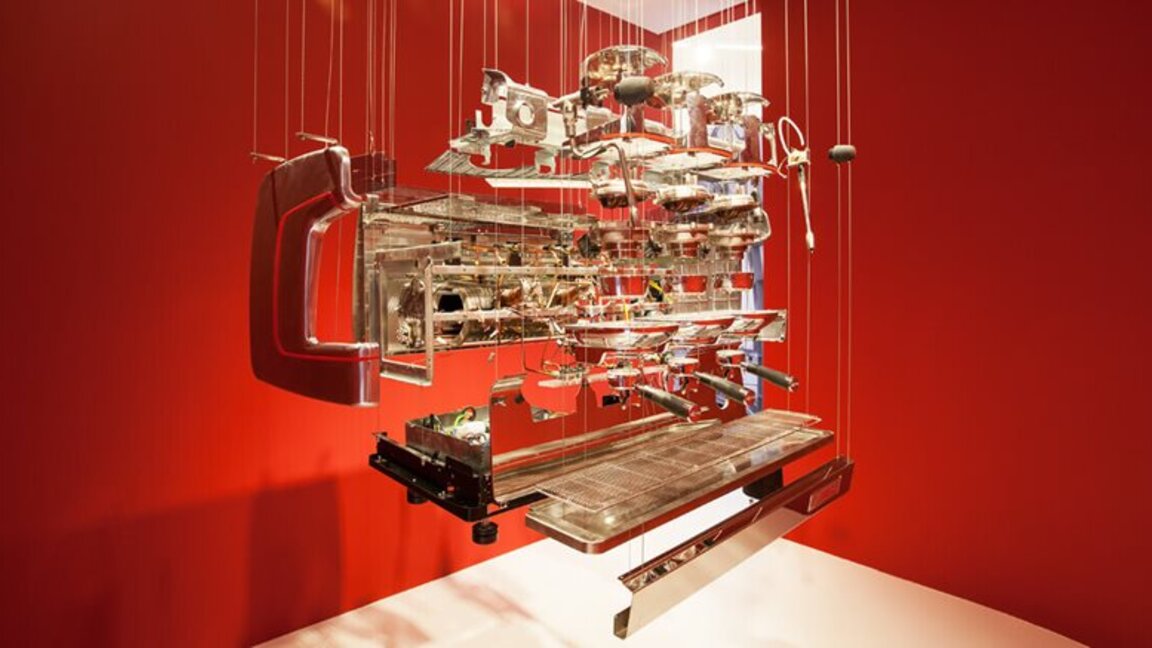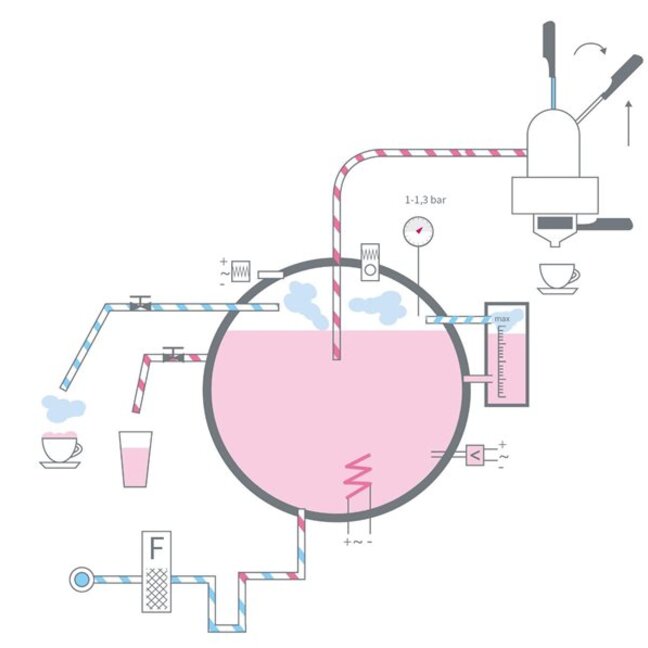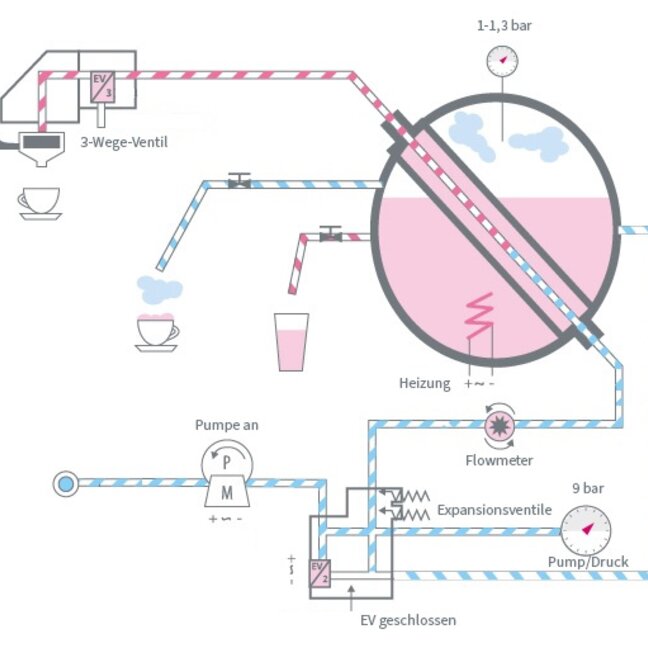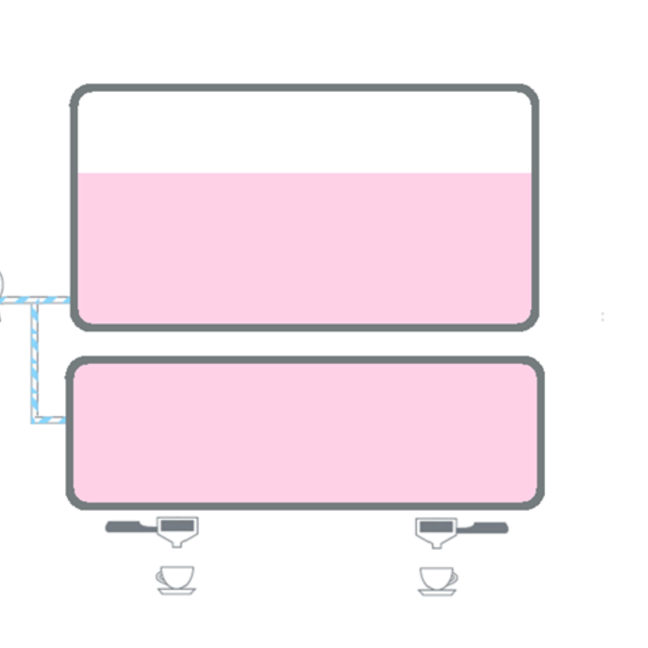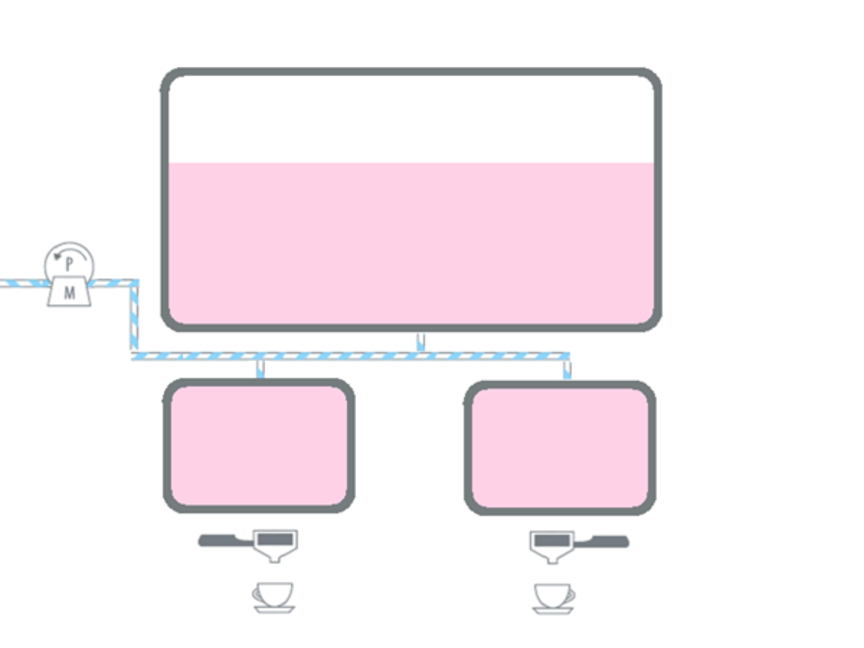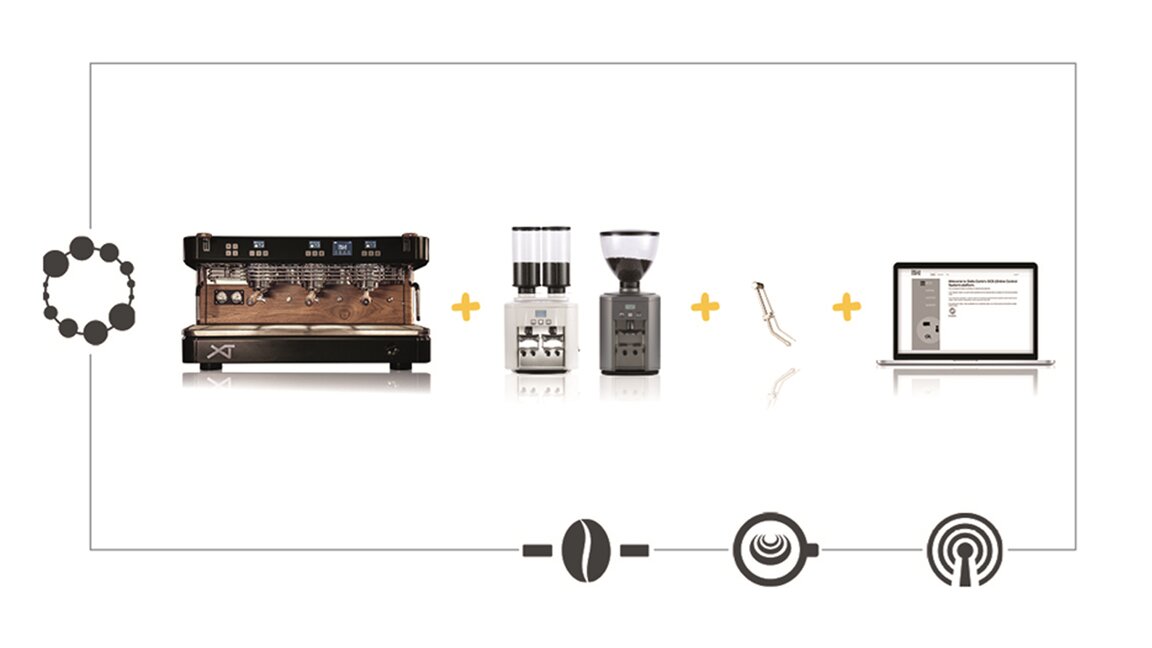Our comparison of espresso machines
When it comes to finding the right coffee preparation for your own gastronomic concept, you quickly come to the conclusion that there must be a suitable solution for every concept. And a little spoiler: There is one. But how do you find the perfect match so that your employees can use their own coffee as profitably as possible? The first question you should ask yourself is: fully automatic coffee machine or espresso portafilter? Decision-making aids here are:
- Do you have a lot of staff or staff turnover?
- Do you shy away from training your employees or do you have a lot of unskilled staff?
- Do you have a lot of high-frequency business with a high short-term influx of customers (for example: train station restaurants)?
If at least two of the three points apply to your business case, then we recommend a fully automatic coffee machine
Other questions that may arise are
- Does the influx of customers tend to be spread throughout the day?
- Does your clientele tend to have high quality expectations of your hot beverage range?
- Do customers prefer to consume coffee on site?
- Is your staff well-trained or do you value well-trained staff?
If at least two of the four points apply to your business case, then we tend to recommend a portafilter machine
At first glance, you could say that both a fully automatic machine and an espresso machine are devices that are designed to produce a specific water temperature (92-96 °C) and a constant water pressure (approx. 9 bar) as precisely as possible. However, there are still major differences in terms of both price and quality.
In the following text, we will focus on portafilter machines and make you "machine-fit" and give you a little decision-making aid for the right espresso machine, which you can use as a guide with a clear conscience. And we make sure that you don't walk around with a question mark on your forehead when your roastery or machine partner talks about "thermo-saturated" brewing groups, dual circuits or three-way valves. But before we overwhelm you with mechanical jargon, let's start simple: the history of the espresso machine.

